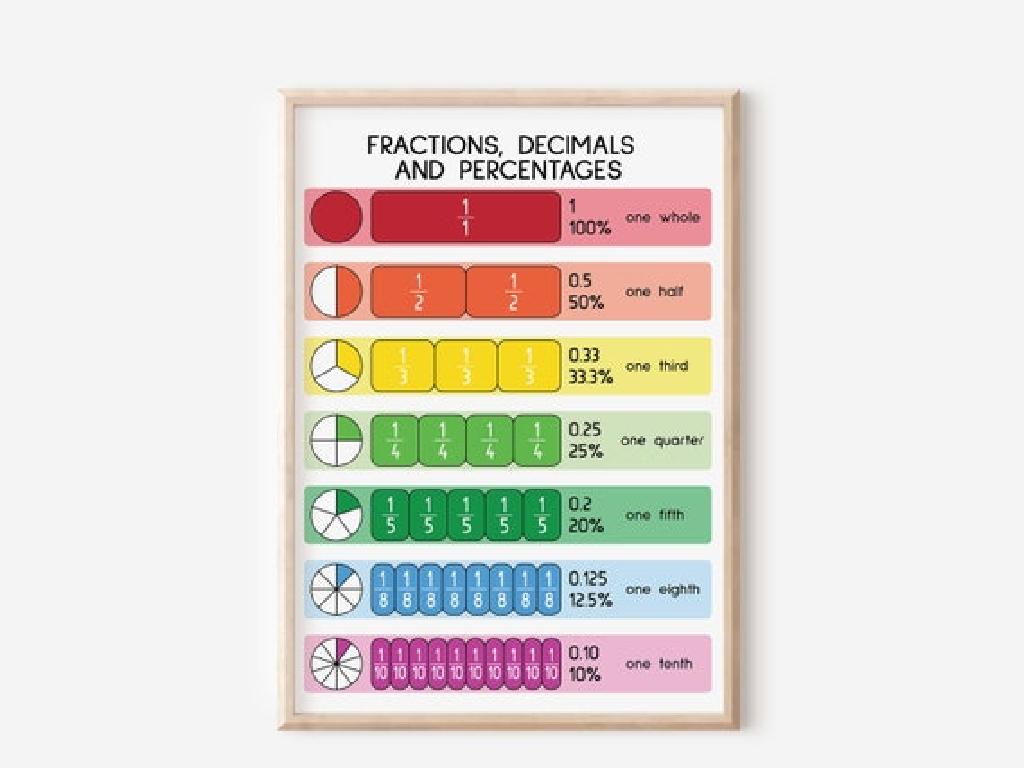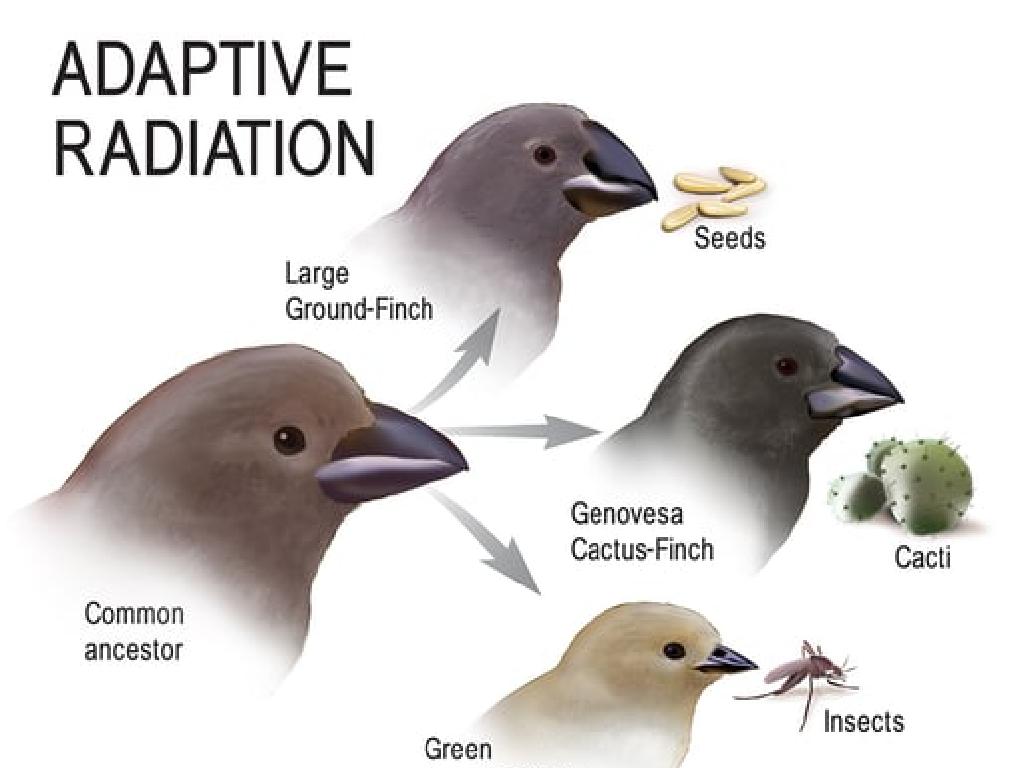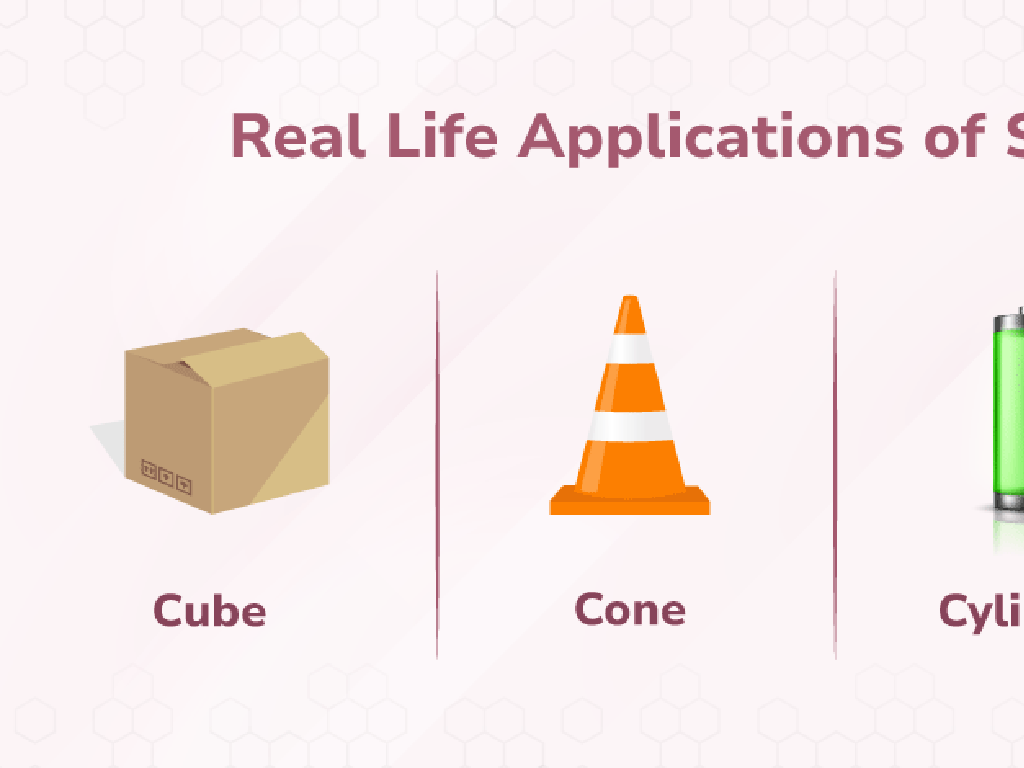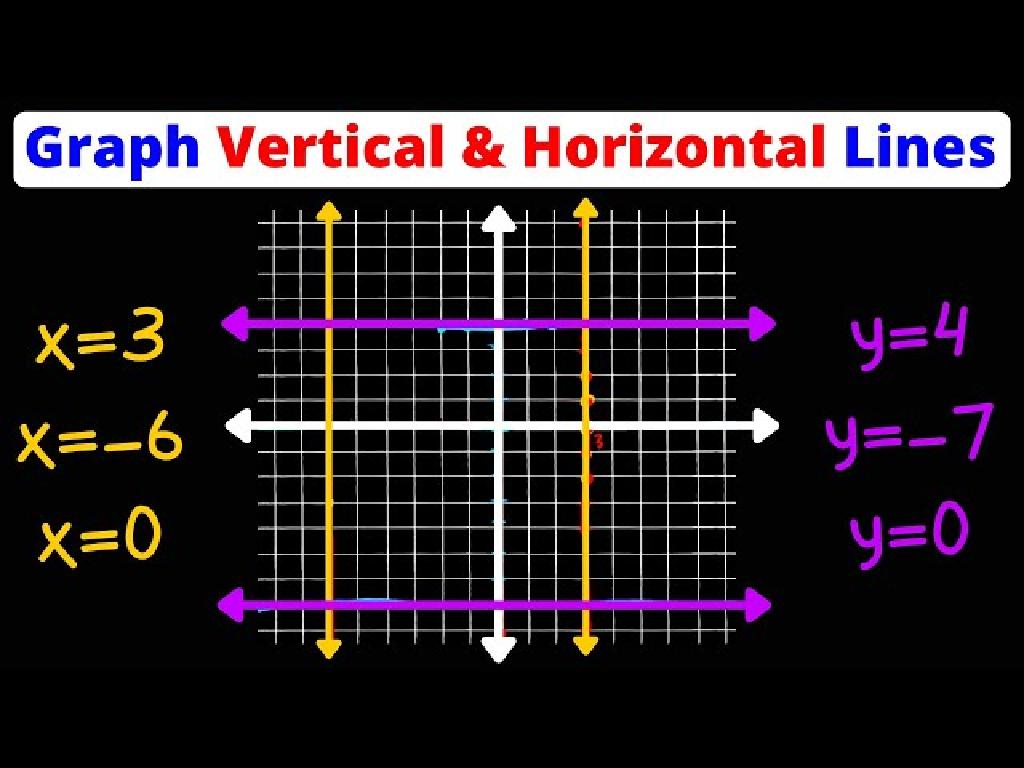Identify The Compound Subject Or Compound Predicate Of A Sentence
Subject: Language arts
Grade: Seventh grade
Topic: Sentences, Fragments, And Run-Ons
Please LOG IN to download the presentation. Access is available to registered users only.
View More Content
Compound Subjects and Predicates
– Sentence structure basics
– Define compound subjects
– Two or more subjects sharing the same verb, e.g., ‘Tom and Jerry run.’
– Define compound predicates
– A single subject with two or more verbs, e.g., ‘She sings and dances.’
– Examples and identification
|
This slide introduces the concept of compound subjects and predicates as part of understanding sentence structure. Begin by reviewing what makes a complete sentence versus fragments and run-ons. Then, explain that a compound subject includes two or more subjects that perform the same action. Similarly, a compound predicate occurs when a single subject performs two or more actions. Provide clear examples for each and encourage students to identify compound elements in sentences. Use interactive activities such as sentence construction exercises to reinforce learning. Ensure students grasp that compound subjects and predicates add complexity and variety to writing.
Understanding Sentences: Subjects and Predicates
– Define a complete sentence
A sentence has a subject, predicate, and a complete thought.
– Significance of subjects and predicates
Subjects tell ‘who’ or ‘what’; predicates tell ‘what about’ the subject.
– Examples of simple sentences
E.g., ‘The dog (subject) barks (predicate).’
– Identifying compound elements
Compound subjects or predicates have more than one element.
|
Begin with the definition of a sentence, emphasizing that it must express a complete thought, along with having a subject and predicate. Explain the role of subjects and predicates in forming the structure of a sentence. Provide clear, simple examples to illustrate simple sentences. Then, introduce the concept of compound subjects and predicates, explaining that a sentence can have more than one subject (e.g., ‘The cat and dog’) or more than one predicate (e.g., ‘run and play’). Use examples that are relevant and understandable for seventh graders, and encourage them to create their own sentences with compound elements.
Sentence Structure: Fragments vs. Run-ons
– Define Sentence Fragment
– An incomplete sentence missing a subject, predicate, or complete thought.
– Explain Run-on Sentence
– A sentence that combines two or more independent clauses without proper punctuation or conjunction.
– Identify Fragments and Run-ons
– Look for missing components in fragments and improper joining in run-ons.
– Practice with Examples
– We’ll analyze sentences together to determine if they are fragments or run-ons.
|
This slide introduces students to the concepts of sentence fragments and run-on sentences, which are common issues in writing. A sentence fragment is an incomplete sentence that lacks a main clause, while a run-on sentence contains two or more independent clauses that are not correctly joined or separated. The goal is to help students recognize these errors in writing by providing clear definitions and examples. During the lesson, encourage students to practice identifying fragments and run-ons in example sentences and to correct them. This will improve their writing skills by ensuring they can construct complete and coherent sentences.
Understanding Compound Subjects
– Define Compound Subjects
– A compound subject has two or more subjects sharing the same verb.
– How to spot Compound Subjects
– Look for ‘and’, ‘or’, ‘nor’ connecting subjects in a sentence.
– Examples in sentences
– ‘Cats and dogs need food.’ Both ‘cats’ and ‘dogs’ form the compound subject.
|
This slide introduces the concept of compound subjects in sentences, which is when two or more subjects are joined together to share the same verb, usually connected by conjunctions like ‘and’, ‘or’, or ‘nor’. It’s important to help students recognize these constructions in sentences as they can change the verb agreement. Use examples to illustrate how compound subjects function within a sentence. Encourage students to create their own sentences with compound subjects to reinforce their understanding. Discuss how the meaning of a sentence can change with the addition of a compound subject.
Understanding Compound Predicates
– Define compound predicates
– A compound predicate has two or more verbs sharing the same subject
– How to spot compound predicates
– Look for multiple actions or states of being linked to one subject
– Sentence examples with compound predicates
– ‘The dog barked and ran’, ‘barked’ and ‘ran’ form the compound predicate
|
This slide aims to clarify the concept of compound predicates for seventh-grade students. Begin with a definition, explaining that a compound predicate occurs when a single subject takes multiple actions, which are expressed through two or more verbs. Emphasize the importance of the verbs being connected to the same subject. Provide clear examples, such as sentences where a subject performs multiple actions. Encourage students to practice by identifying verbs in sentences and determining if they share the same subject, thus forming a compound predicate. This will enhance their understanding of sentence structure and improve their grammatical skills.
Combining Subjects and Predicates
– Creating compound subjects
– When two or more subjects share the same verb
– Forming compound predicates
– When a subject has two or more verbs
– Practice with simple sentences
– Combine two sentences into one with a compound subject or predicate
– Impact of compound elements
– Compound elements can add complexity and detail to sentences
|
This slide introduces students to the concept of compound subjects and predicates, which are essential for constructing more complex sentences. A compound subject occurs when two or more subjects share the same verb, while a compound predicate happens when a subject does two or more things, indicated by multiple verbs. Provide students with examples of simple sentences that they can combine into one using either a compound subject or predicate. Discuss how using compound elements can change the meaning and detail of a sentence, making it richer and more informative. Encourage students to explore the variety and flexibility that language offers through sentence structure. In the next class, students should practice this skill and discuss how it enhances their writing.
Class Activity: Crafting Compound Sentences
– Pair up for compound discovery
– Find sentences with compound subjects
– A compound subject has two or more subjects sharing the same verb
– Find sentences with compound predicates
– A compound predicate has a subject doing two or more actions
– Create sentences with both elements
– Use ‘and’ or ‘or’ to join subjects or verbs in your sentences
|
This activity is designed to help students identify and understand compound subjects and predicates within sentences. Students will work in pairs to encourage collaboration. First, they should look for sentences in provided materials that contain compound subjects, where two or more subjects share the same verb. Next, they will identify sentences with compound predicates, where a single subject performs two or more actions. After identifying these elements, students will be tasked with creating their own sentences that include either a compound subject, a compound predicate, or both. Teachers should circulate the room to assist pairs as needed, provide feedback, and ensure that students understand the concept of compounding in sentence structure. Possible activities include identifying compounds in a favorite book, writing sentences about their daily routine, or creating fictional scenarios that require compound subjects or predicates.
Review and Reflect: Compound Subjects and Predicates
– Recap on compound subjects/predicates
– Compound subjects/predicates combine elements to add detail.
– Significance in sentence structure
– They provide clarity and variety in our writing.
– Share an interesting challenge
– Maybe it was finding them in complex sentences?
– Reflect on today’s learning
|
This slide aims to consolidate the day’s learning on compound subjects and predicates. Start by reviewing the definitions: a compound subject has two or more subjects sharing the same verb, while a compound predicate has a single subject with two or more verbs or verb phrases. Discuss why understanding these concepts is crucial for constructing clear and varied sentences, which is essential for effective communication. Encourage students to share their thoughts on what they found interesting or challenging about today’s lesson, fostering a reflective classroom environment. This discussion can provide insights into students’ comprehension and highlight areas that may require further clarification.
Homework: Compound Subjects & Predicates
– Identify compounds in reading
– Find sentences with two or more subjects or verbs
– Write 5 sentences with compounds
– Create original sentences using what you’ve learned
– Use compound subjects & predicates
– A compound subject has two or more subjects; a compound predicate has two or more verbs
– Share your sentences in class
|
This homework assignment is designed to reinforce the concept of compound subjects and predicates. Students should look for sentences in their reading material that contain either a compound subject (two or more subjects joined by a conjunction) or a compound predicate (two or more verbs or verb phrases joined by a conjunction). They should then write five original sentences that include compound subjects and predicates, demonstrating their understanding of the concept. In the next class, students will have the opportunity to share their sentences, allowing them to learn from each other’s examples and further solidify their grasp of compound elements in sentence structure.






